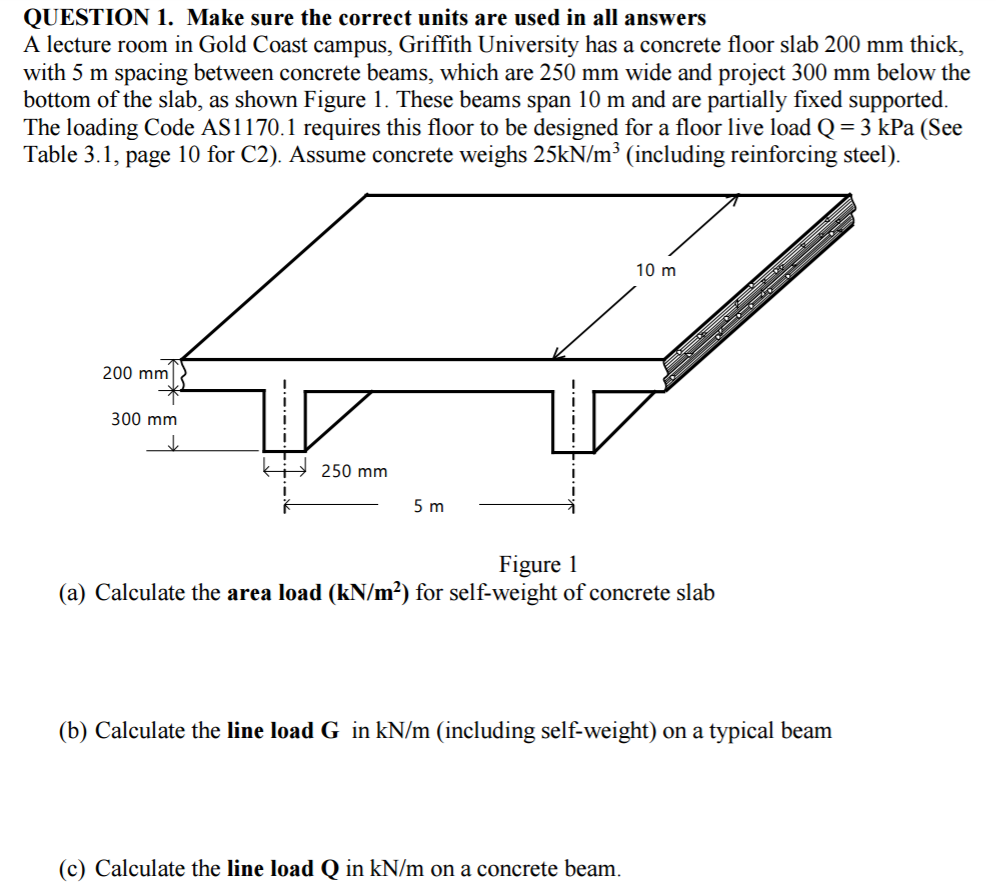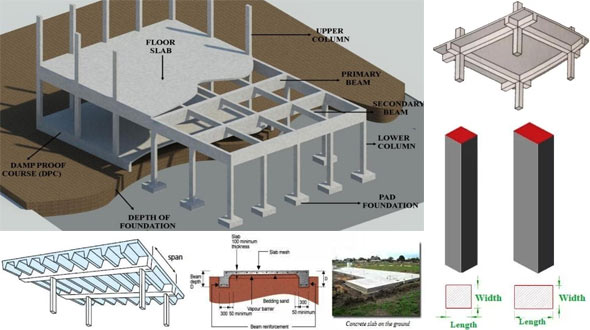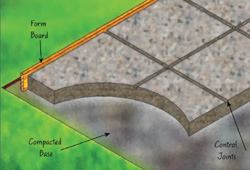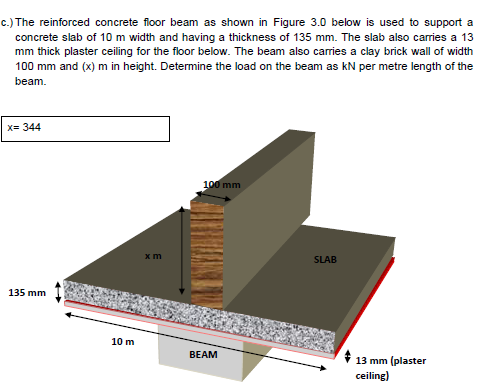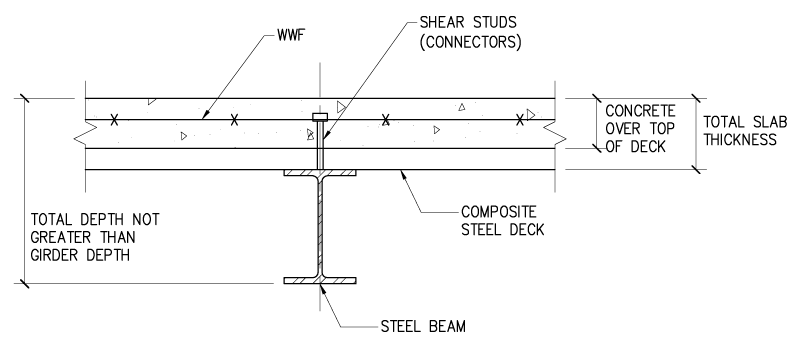Importance of Proper Thickness for Concrete Floor Slabs
When it comes to concrete floor slabs, thickness is a paramount consideration that wields a profound influence on their overall performance and durability. To shed light on this essential aspect, we’ve compiled a list of key reasons why the proper thickness of a concrete floor slab is of utmost importance:
-
Load-Bearing Capacity: The thickness of a concrete floor slab is the bedrock of its load-bearing capacity. It’s the difference between a robust foundation and a potential structural catastrophe. Concrete floors have to contend with a plethora of loads, from the daily foot traffic of people to the weight of heavy furniture, equipment, and even vehicles. Inadequate thickness is akin to playing with fire; it can lead to structural failure, endangering safety and opening the floodgates to exorbitant repair costs.
-
Crack Resistance: Concrete slabs, by their nature, are prone to cracking. A multitude of factors, including shrinkage, temperature fluctuations, and the imposition of heavy loads, conspire to undermine their integrity. A thin slab, lacking the necessary brawn, is like a fragile eggshell. It’s more susceptible to cracking, leaving you with unsightly and potentially hazardous rifts. Adequate thickness, on the other hand, endows the slab with the resilience it needs to stand up to these forces. It facilitates even load distribution, thus mitigating stress concentrations and reducing the likelihood of cracking.
-
Insulation and Energy Efficiency: A thicker concrete floor slab doubles up as an unsung hero of insulation and energy efficiency. It acts as a thermal barrier, thereby preventing excessive heat loss in colder climates and thwarting unwelcome heat gains in warmer regions. This seemingly minor feature can lead to substantial savings in energy consumption for heating and cooling. Not only does it keep your indoor environment comfortable, but it also lessens the burden on your utility bills.
-
Deflection Deterrence: Over time, concrete slabs may undergo deformation or sagging as they bear the weight of ongoing loads. However, if you’re vigilant about maintaining an appropriate thickness, you can bolster your slab’s resistance to deflection. This means that your slab is more likely to keep its levelness intact, preventing uneven surfaces and the potential hazards they pose, such as tripping accidents.
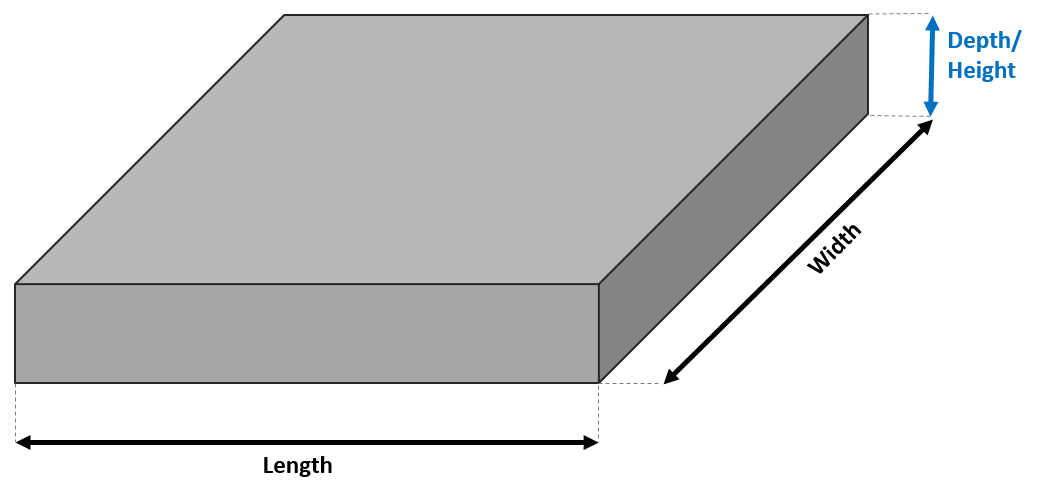
Factors to Consider When Determining the Thickness of Concrete Floor Slabs
Load Requirements:
One of the most important factors to consider when determining the thickness of a concrete floor slab is the load requirements. The thickness of the slab should be able to support the anticipated loads without excessive deflection or cracking. The type and magnitude of the loads, such as live loads (occupancy, furniture, equipment) and dead loads (structural elements, finishes), should be carefully analyzed to determine the appropriate thickness.
Subgrade Conditions:
The subgrade conditions play a vital role in determining the thickness of the concrete floor slab. The subgrade refers to the soil or compacted fill material beneath the slab. If the subgrade is weak or unstable, it may require a thicker slab to prevent excessive settlement or failure. On the other hand, a well-compacted and stable subgrade may allow for a thinner slab. Factors such as soil type, moisture content, and compaction should be considered when evaluating the subgrade conditions.
Concrete Strength:
The strength of the concrete used for the floor slab is another crucial factor. Higher-strength concrete typically allows for a thinner slab, as it can withstand higher loads and provide greater structural integrity. The compressive strength of the concrete should be determined based on the anticipated loads, as well as any specific design requirements or codes.
Deflection Control:
Excessive deflection can lead to a cracked or uneven floor, compromising its durability and functionality. Therefore, deflection control is an essential factor when determining the thickness of a concrete floor slab. The anticipated loads, span length, and concrete properties should be considered to ensure that the slab thickness is sufficient to limit deflection within acceptable limits.
Joint Spacing and Placement:
Proper joint spacing and placement are critical for controlling cracking in concrete floor slabs. The thickness of the slab should be determined based on the joint spacing requirements, which are influenced by factors such as the type of construction, temperature changes, and shrinkage. Jointing techniques, including saw cutting or tooling, should be considered to minimize random cracking and ensure long-term durability.
Construction Tolerances:
Construction tolerances, such as flatness and levelness requirements, also impact the thickness of concrete floor slabs. The desired level of flatness and levelness should be evaluated to determine if additional thickness or leveling measures are necessary.
Common Mistakes to Avoid When Determining the Thickness of Concrete Floor Slabs
When constructing a concrete floor slab, determining the appropriate thickness is crucial to ensure its structural integrity and longevity. However, there are several common mistakes that should be avoided in this process.
- Underestimating the load-bearing capacity: One of the most common mistakes is underestimating the load-bearing capacity of the concrete floor slab. It is essential to consider the intended use of the slab and the potential weight it will bear. Failure to accurately assess the load can result in a thinner slab that is unable to withstand the required weight, leading to structural issues and safety concerns.
- Ignoring site-specific conditions: Another mistake is overlooking site-specific conditions that may affect the thickness requirements of the concrete floor slab. Factors such as soil type, climate, and groundwater levels can significantly impact the slab’s performance. Failure to consider these conditions may result in an inadequate thickness that cannot withstand the site-specific challenges, leading to cracking, settling, or other damage.
- Not accounting for reinforcement: Reinforcement plays a crucial role in enhancing the strength and durability of concrete floor slabs. However, a common mistake is not properly accounting for reinforcement when determining the slab’s thickness. Neglecting to include the appropriate amount and type of reinforcement can result in an insufficient thickness that compromises the slab’s ability to resist cracking and bending under applied loads.
- Overlooking the concrete mix design: The concrete mix design directly influences the strength and durability of the floor slab. Failing to consider the appropriate mix design can lead to weaker concrete that requires a thicker slab to compensate for its lower strength. This mistake can result in unnecessary costs and construction delays.
- Neglecting industry standards and codes: Ignoring industry standards and codes is a significant mistake when determining the thickness of concrete floor slabs. These standards and codes provide guidelines for minimum thickness requirements based on factors such as intended use, load-bearing capacity, and environmental conditions. Failure to adhere to these standards can compromise the integrity of the slab and may lead to safety issues or legal complications.
Benefits of Investing in a Suitable Thickness for Concrete Floor Slabs
Enhanced Durability: Investing in a suitable thickness for concrete floor slabs ensures enhanced durability. Thicker slabs are more resistant to wear and tear, cracking, and other damages caused by heavy loads, machinery, and foot traffic. This increased durability reduces the need for frequent repairs and replacements, resulting in long-term cost savings.
Improved Load-Bearing Capacity: Opting for a suitable thickness for concrete floor slabs increases their load-bearing capacity. Thicker slabs can support heavier weights without experiencing structural failures. This is particularly important in industrial and commercial settings where heavy machinery, equipment, and vehicles are commonly used. By investing in a thicker slab, businesses can avoid potential safety hazards and disruptions caused by structural failures.
Enhanced Insulation: A suitable thickness for concrete floor slabs can provide improved insulation properties. Thicker slabs offer better thermal insulation, reducing heat loss and energy consumption. This is especially beneficial in cold climates, as it helps maintain a comfortable indoor temperature and reduces heating costs. Additionally, thicker slabs can also provide sound insulation, minimizing noise transmission between floors and improving overall acoustic performance.
Increased Fire Resistance: Thicker concrete floor slabs offer increased fire resistance compared to thinner slabs. The extra thickness provides a longer fire resistance rating, allowing more time for occupants to evacuate and reducing the spread of fire. This can be crucial in commercial and residential buildings where fire safety is a top priority. Investing in a suitable thickness for concrete floor slabs can significantly enhance the overall fire safety of a structure.
Long-Term Cost Savings: While investing in a suitable thickness for concrete floor slabs may require a higher initial investment, it offers long-term cost savings. Thicker slabs have a longer lifespan and require less frequent repairs and replacements, reducing maintenance and replacement costs over time. Additionally, the improved durability and load-bearing capacity of thicker slabs minimize the risk of structural failures, avoiding costly downtime and repairs associated with such incidents.
Solved QUESTION 1. Make sure the correct units are used in Chegg.com
Minimum Thickness of Concrete Slab, Beam, Column, Foundation – The
Minimum Thickness Of Concrete Slab Concrete Slab Thickness Formula
Concrete Floor Slabs Concrete Construction Magazine
Solved c.) The reinforced concrete floor beam as shown in Chegg.com
STRUCTURE magazine A Practical Design for Thin Composite Steel
Building Guidelines Concrete Floors, Slabs
Related Posts:
- Polished Concrete Floors For Patios
- White Concrete Floor Tiles
- Acid Wash Concrete Floor Colors
- Concrete Floor Thickness For A Garage
- Concrete Floor For Bathroom
- Interior Concrete Floor Ideas
- Kitchen Stained Concrete Floors
- Concrete Floor Tile Thickness
- How To Stain Concrete Floors DIY
- DIY Concrete Floor Grinding


